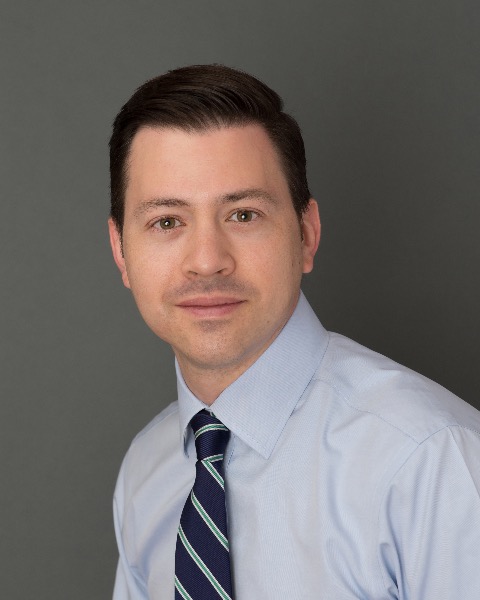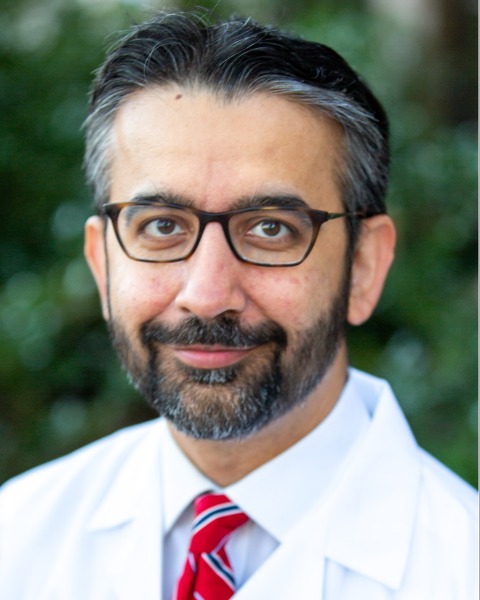Interventional Oncology
Achieving prescribed tumor absorbed dose in radiation segmentectomy with resin microspheres for HCC: Quantitative PET/CT analysis


Muhammad Saad Malik, MD
Post-doctoral Research Fellow
Beth Israel Deaconess Medical Center | Harvard Medical School
Muhammad Mohid Tahir, MD (he/him/his)
Postdoctoral Research Fellow
Beth Israel Deaconess Medical Center- AP
Anthony Parker, MD, PhD
Associate Professor of Radiology
BIDMC 
Jeffrey Weinstein, MD, FSIR
Assistant Professor of Radiology
Beth Israel Deaconess Medical Center- MA
Muneeb Ahmed, MD, FSIR
Professor of Radiology
Beth Israel Deaconess Medical Center/Harvard 
Ammar Sarwar, MD FSIR (he/him/his)
Associate Professor of Radiology
Beth Israel Deaconess Medical Center
Presenting Author(s)
Author/Co-author(s)
Quantify PET/CT derived tumor absorbed dose (TAD) with prescribed TAD (pTAD) and compare outcomes using single compartment MIRD model in HCC patients undergoing 90Y radiation segmentectomy with resin microspheres.
Materials and Methods:
Consecutive HCC patients from 1/2018 to 7/2022 receiving PET/CT after TARE (108) with resin microspheres in <2 segments (56) & 3-month treatment response (48) were retrospectively reviewed. Prescribed activity & pTAD was determined by 99mTc MAA prescription dosimetry (PD) using MIRD modeling. Area segmentation on PET/CT was contoured using MIM SurePlan Liver (MIM Software Inc.). Dose delivered to 50, 70, & 95% of tumor (D50, D70, D95) were derived from dose volume histograms. 3-month imaging was used to assess objective response (OR) (complete response) using mRECIST. Median was reported for continuous variables, and unpaired T-test (2 groups) was done on a per tumor per treatment basis.
Results:
Tumors (48 treatments) in 44 patients (71 ± 9 years, 77% male) were analyzed. Most (90%) had cirrhosis with an average MELD of 9 ± 4 (6-22) & tumor size of 3.4 cm (1.9-4.7). pTAD was 250 Gy, and Median D50, D70, & D95 were 202, 145, & 61 Gy. OR was 73% (35/48) at 3 months. 4 patients underwent resection (average pathological necrosis 70%). < 90% of prescribed activity was delivered in 29% (14/48), & ≥90% in 71% (34/48) of treatments. D50 (211 vs 188, p=0.5), D70 (138 vs 145, p=0.3), D95 (50 vs 73, p=0.2) was comparable in < 90% vs ≥90% activity group. < 90% activity group had higher chance of achieving OR compared to ≥90% (93% vs 65%, p=0.046). There was no difference in OR among cases with and without stasis in < 90% activity group (92% vs 100%, p=0.28) vs ≥90% activity group (63% vs 67%, p=0.83). Tumors with a D50 of >200 Gy had higher chance of achieving OR compared to tumors that received < 200 Gy (88% vs 58%, p=0.02) on PET/CT.
Conclusion:
Tumors with < 90% of activity delivered still achieved a high ORR. ORR was comparable in cases with and without stasis following TARE with resin microspheres. Tumors with a D50 of >200 Gy on PET/CT had a higher chance of achieving OR compared to tumors with a D50 of 200 Gy.

.jpg)
.png)
.png)
.jpg)
.jpg)
.png)
.png)
.png)
.png)